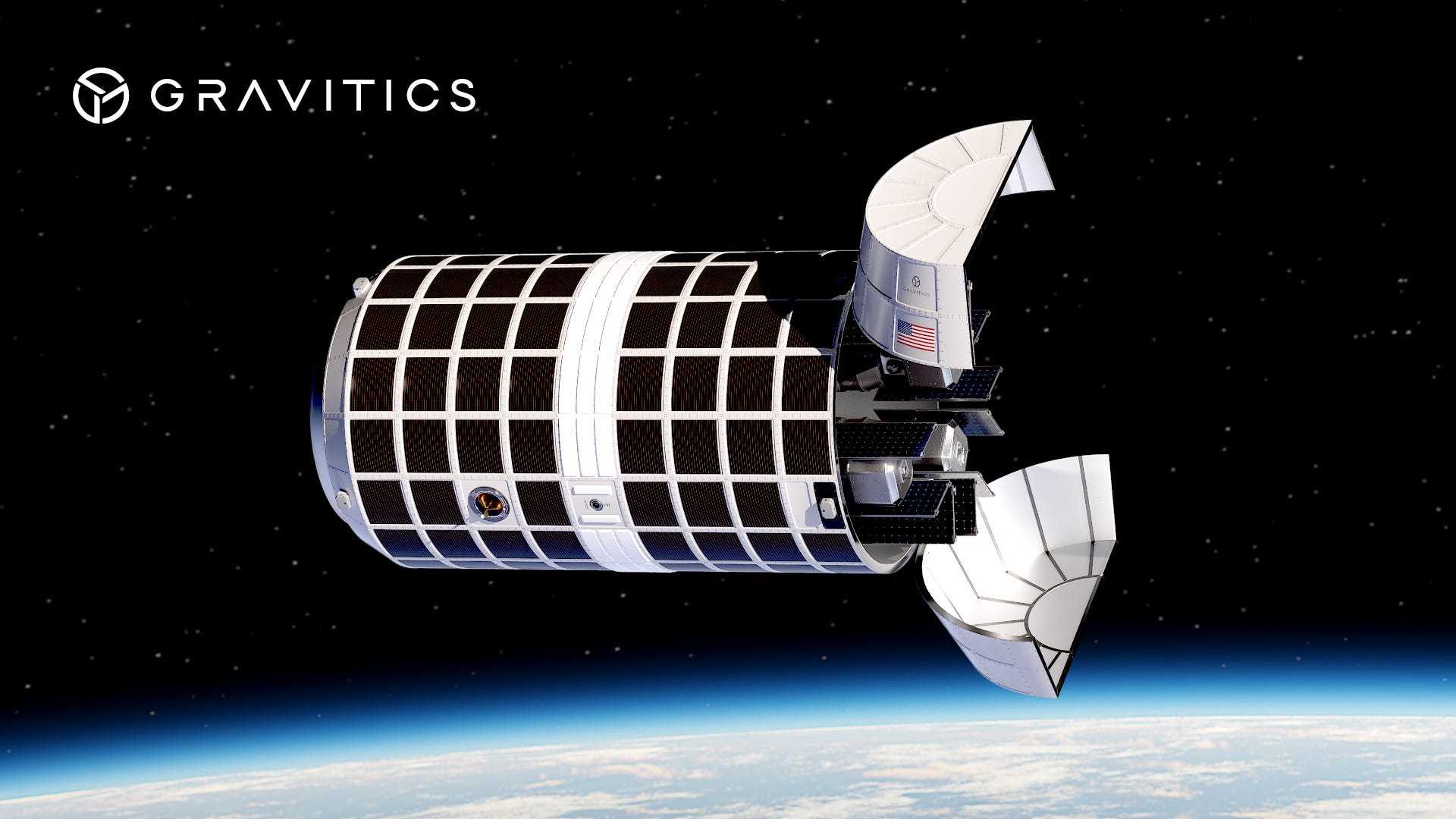News
U.S. Space Force Developing Orbital Carrier for Rapid Satellite Deployment

SEATTLE, Washington – The U.S. Space Force is collaborating with Seattle-based aerospace company Gravitics to develop a spacecraft known as an “orbital carrier,” designed to launch satellites from space rather than from the ground. This ambitious project aims to enhance the military’s ability to quickly respond to threats in the increasingly contested domain of space.
The orbital carrier, described by Gravitics as a “pre-positioned launch pad in space,” has the potential to house multiple satellites that can be swiftly deployed if they become inoperable. Colin Doughan, CEO of Gravitics, called the project a “game-changer” that offers a groundbreaking solution for tactical responses to on-orbit threats.
With a funding agreement reaching up to $60 million from the Space Force, the initiative is set to demonstrate a proficiency for rapid satellite deployment, significantly reducing response times from traditional ground-based launches that can take months to execute. Reports indicate the orbital carrier could see its first demonstration mission as early as 2026.
The U.S. Space Force, established in 2019 under President Donald Trump, is tasked with protecting the nation’s military interests in space. Space Force oversees space launch operations at Vandenberg Space Force Base in California and Cape Canaveral Space Force Station in Florida. Given the rise of competitive tactics employed by nations like China and Russia, the development of the orbital carrier is critical for maintaining U.S. technological and operational superiority in space.
The orbital carrier is expected to provide an unpressurized environment for satellites, protecting their sensitive electronic components while in space. Such capabilities are vital in responding to threats, including those from adversaries aiming to disrupt or interfere with U.S. satellites. This innovative approach can potentially allow for immediate countermeasures and replacements without waiting for lengthy ground launches.
Jon Goff, Director of Advanced Concepts at Gravitics, likened the concept to the role of conventional aircraft carriers, saying, “In many ways it’s kind of like what an aircraft carrier does.” As innovations in military space technology evolve, the orbital carrier represents a significant shift in how the U.S. can operate and defend its assets in orbit.
As the project develops, Gravitics continues to explore partnerships with other companies in the space sector, further emphasizing the trend of increased collaboration between governmental and commercial entities. The Space Force’s investment in projects like the orbital carrier underscores a commitment to securing U.S. interests and maintaining a strategic edge in space.












